How to conserve moisture?
barb_roselover_in
11 years ago
Related Stories
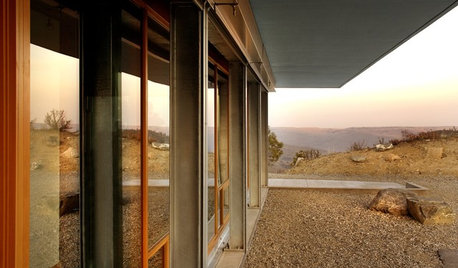
GREEN BUILDINGOff the Grid: Siting and Building to Conserve Energy
Look to low-tech solutions for big energy savings when you’re constructing a home
Full Story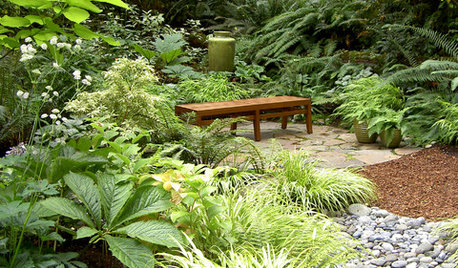
GARDENING GUIDESGreat Garden Combo: 6 Beautiful Plants for a Shady, Wet Site
Transform a shade garden with moisture-loving golden grasses, textural leaves and a sprinkling of flowers
Full Story
SAVING WATERXeriscape Gardens: How to Get a Beautiful Landscape With Less Water
Conserve water and make gardening much easier with the xeriscape approach’s 7 principles
Full Story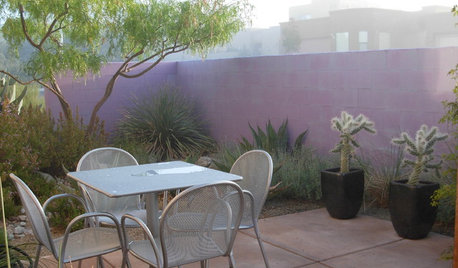
GARDENING GUIDESSouthwest Gardener's September Checklist
Arid desert gardens get welcome relief this month with cooler temperatures and moisture in the air. Here's how to make sure they thrive
Full Story0

KITCHEN DESIGNEcofriendly Kitchen: How to Choose Flooring
Conserve natural resources and your long-term finances by choosing kitchen flooring materials with durability and beauty
Full Story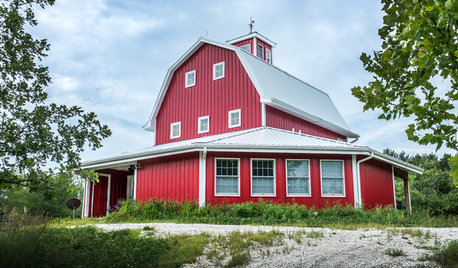
BARN HOMESHouzz Tour: An Energy-Efficient Barn Graces the Nebraska Landscape
Passive-house technologies and a rain-harvesting and greywater system conserve natural resources in this weekend country home
Full Story
GARDENING GUIDESHow to Pick a Mulch — and Why Your Soil Wants It
There's more to topdressing than shredded wood. Learn about mulch types, costs and design considerations here
Full Story
GARDENING GUIDESNew Ways to Think About All That Mulch in the Garden
Before you go making a mountain out of a mulch hill, learn the facts about what your plants and soil really want
Full Story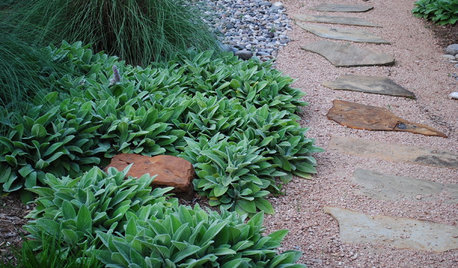
SAVING WATERLush Gardens With Low Water Needs
Drought tolerant doesn’t have mean spindly, brown and thorny
Full Story
LANDSCAPE DESIGNWarm Up Your Home With an Evergreen Windbreak
Plant tall trees for more warmth in winter, serenity in summer and good looks all year long
Full StorySponsored
More Discussions






Bets
qaguy
Related Professionals
Forest City Landscape Architects & Landscape Designers · Hilo Landscape Contractors · Natick Landscape Contractors · Rockville Landscape Contractors · Shoreview Landscape Contractors · Suitland Landscape Contractors · Waldorf Landscape Contractors · Chowchilla General Contractors · Clinton General Contractors · Elmont General Contractors · La Grange Park General Contractors · Avenal General Contractors · Aberdeen Decks, Patios & Outdoor Enclosures · Grandview Decks, Patios & Outdoor Enclosures · Towson Decks, Patios & Outdoor Enclosuresdigdirt2
barb_roselover_inOriginal Author
homegardenpa
dickiefickle
FrecklesCat
FrecklesCat
harveyhorses
dhromeo
behlgarden
capoman